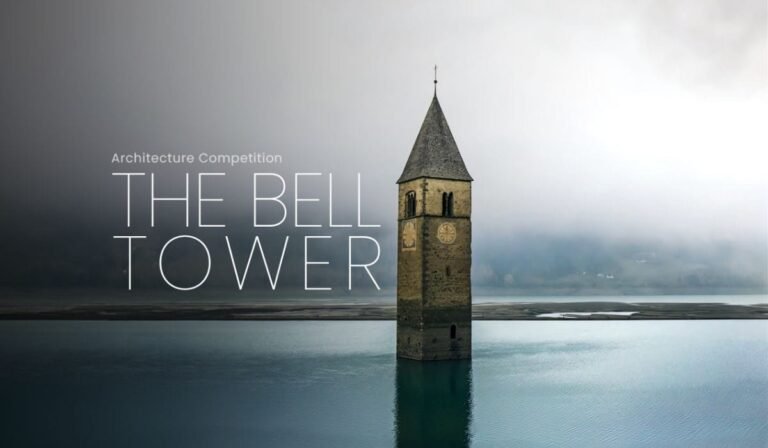Tour a Los Angeles Home With Classic Modern Pedigree and Tons of Contemporary Panache
Veteran entertainment executive Ricky Strauss is, to put it bluntly, a design freak. The series of homes he’s designed for himself during his decades-long tenure in Los Angeles attest to both his tenacity as a collector and the elastic scope of his taste. In the past he’s applied his incisive eye to a Tudor Revival house in Hancock Park, a glorious Hollywood Regency in the Hollywood Hills, a Mediterranean Revival (also in Hancock Park), and a classic post-and-beam dwelling perched above the Sunset Strip. Strauss’s latest passion project is a spruce modernist home with an intriguing architectural pedigree, tucked discreetly in a wooded canyon on the city’s west side. “I was attracted to the house’s history and its intimate relationship with the landscape. It was built for a musician, and I was determined to retain that creative spirit,” says Strauss, the former head of global marketing at Walt Disney Studios and most recently president of content and marketing for Disney+.
The 1951 Veneklasen House was originally designed by architect Kenneth Lind. Modernist maestro Pierre Koenig subsequently put his own mark on the structure, with the majority of his work confined to the focal living room. Some years later, Josef Van der Kar—a fascinating but lesser-known modernist architect on the L.A. scene—designed an addition. Before Strauss bought the property, the previous owner commissioned an extensive renovation, including the addition of a second level for a new primary bedroom suite, by Los Angeles–based Chu-Gooding Architects. “Our goal was to unite the various design moves of the architects who had touched this place, to make the house the best version of itself by interpreting the original design intent and enhancing the connection between the new interior and the existing mature landscape,” architect Annie Chu explains.
Chu-Gooding’s scope of work involved a strategic reorganization of the floor plan on the ground level, repositioning the kitchen as a hinge space between the living room and dining and family wings, adding en suite bathrooms to the guest accommodations, and expanding the compact dining room volume with a new sloped roof that opens to a glass wall overlooking the pool. The second-floor addition—articulated in an architectural language consistent with the original design—is slightly recessed and painted in a contrasting dark brown color, which allows the historic structure to remain legible in the overall composition. In the living room, the architects gently tweaked the signature accordion wall that looks out to the courtyard, replacing the wood that formed the accordion’s short legs with glass to heighten the sense of transparency. They also replaced the rubble stone surrounding the fireplace with white brick laid in a staggered pattern that mirrors the original brick treatment of the room’s curved end wall. “The heavy brick and the light glass are polar opposites in terms of materials, and we wanted to accentuate that dynamic juxtaposition,” Chu says.
“The renovation was intelligently and beautifully executed,” Strauss says of Chu-Gooding’s ministrations, which garnered an Honor Award from the AIA’s Los Angeles chapter. “My contributions were largely cosmetic enhancements—wall coverings, window treatments, and so on. I decorated the house in a manner consistent with its modernist heritage, but I tried to find pieces that spoke to the period from a more global perspective,” he continues. Throughout the home, stellar furnishings by Brazilian masters on the order of Sergio Rodrigues, Jorge Zalszupin, and Carlo Hauner and Martin Eisler mingle amicably with the work of European greats (for example, Osvaldo Borsani and Angelo Mangiarotti), as well as American stalwarts such as Edward Wormley, T.H. Robsjohn-Gibbings, and Jens Risom.



